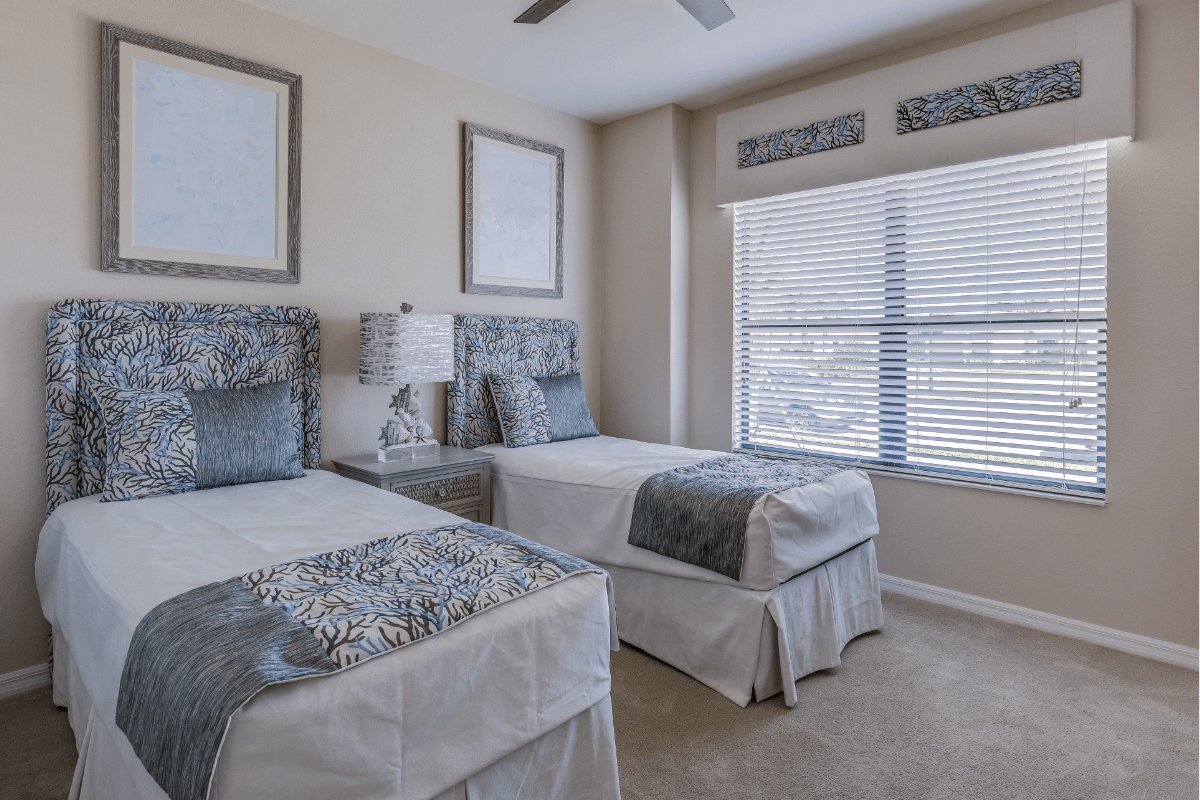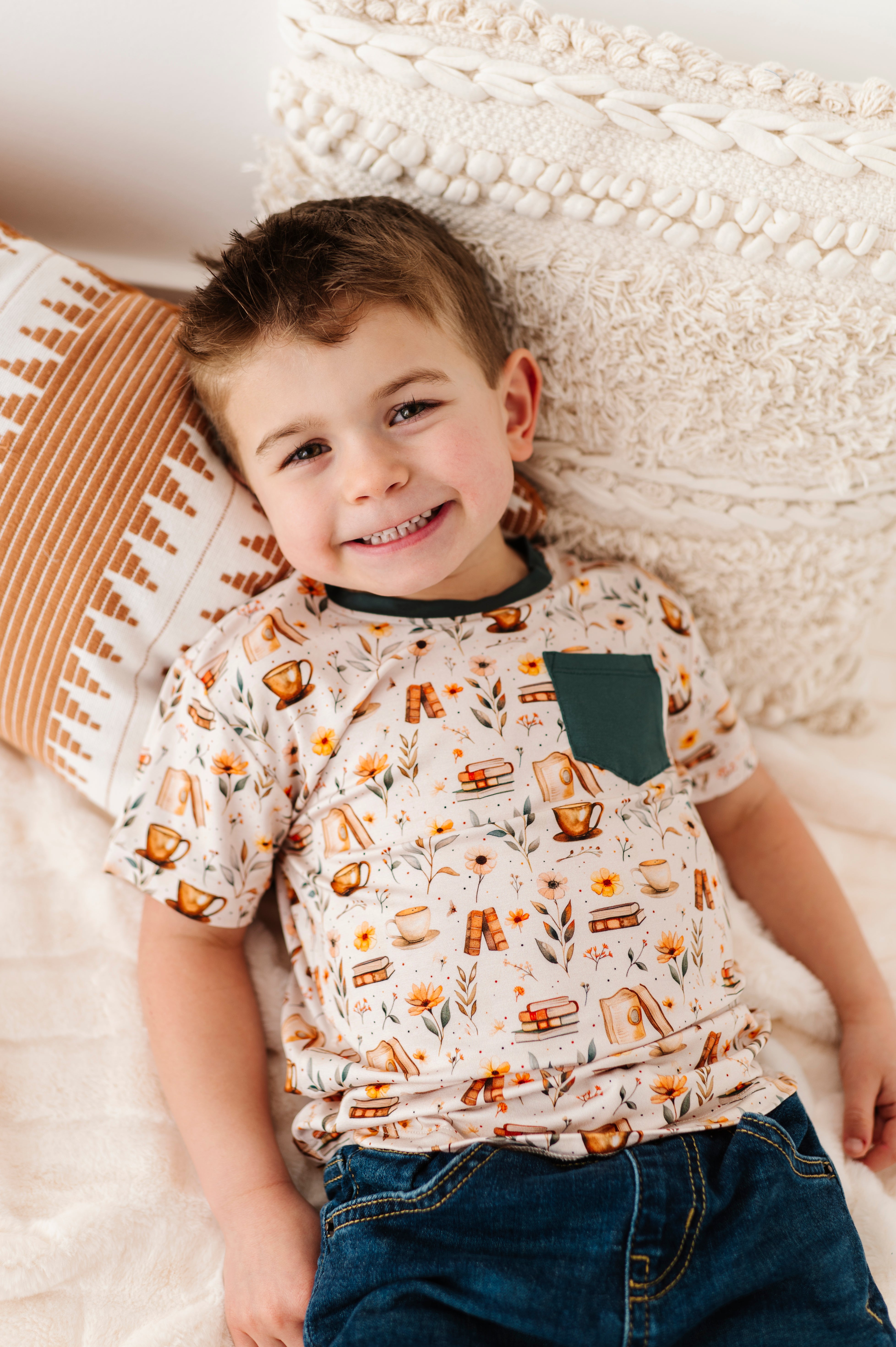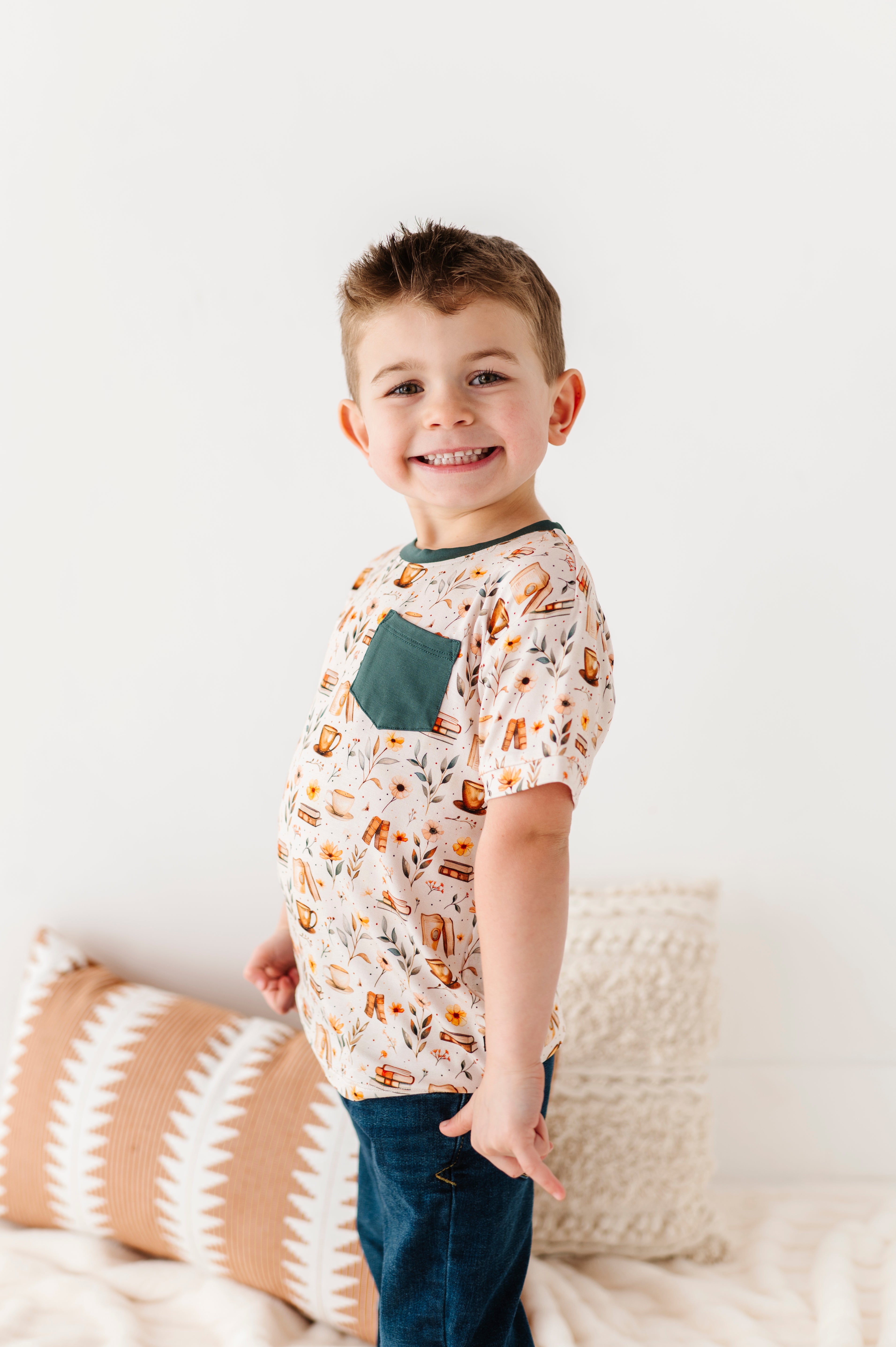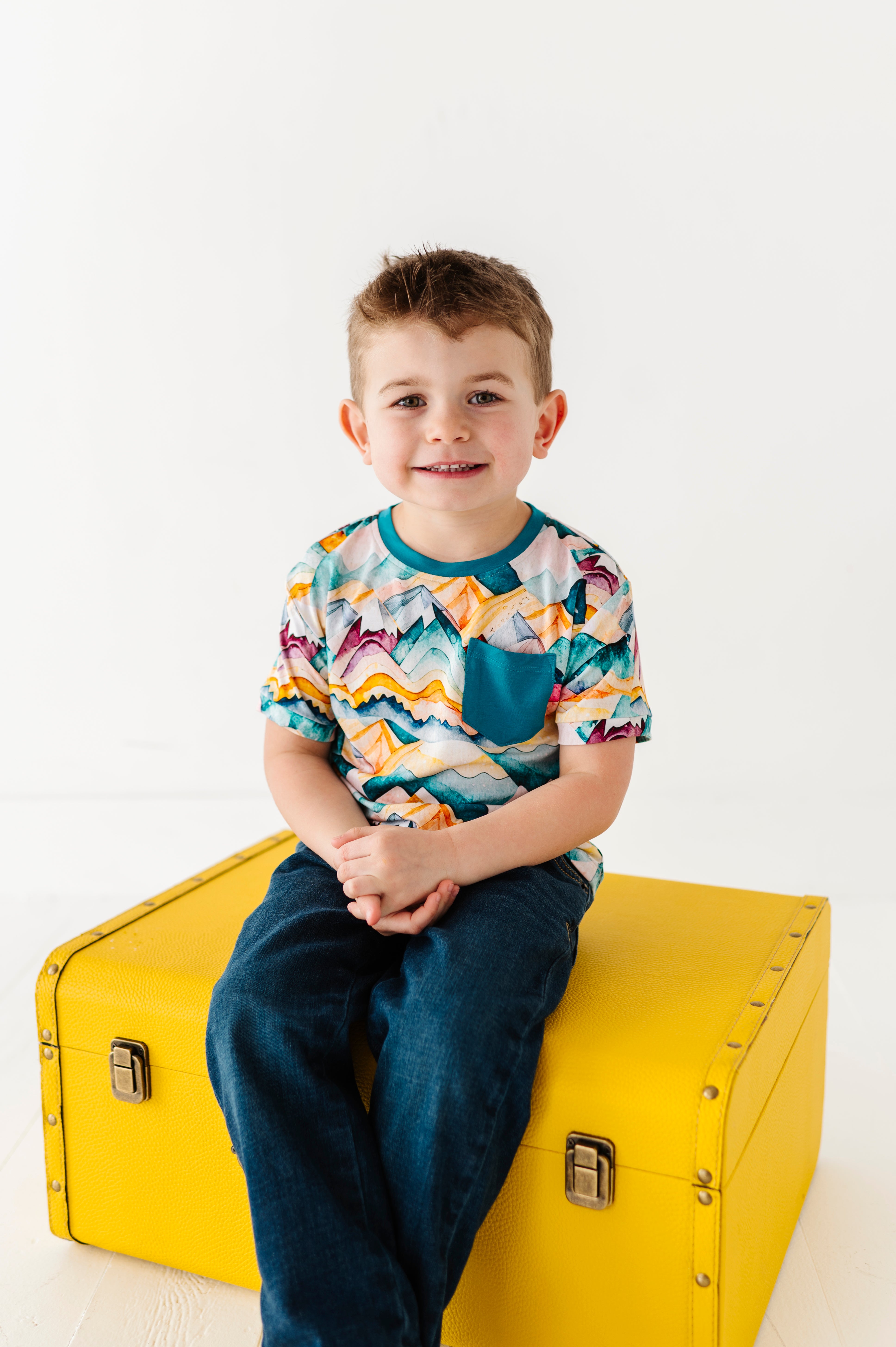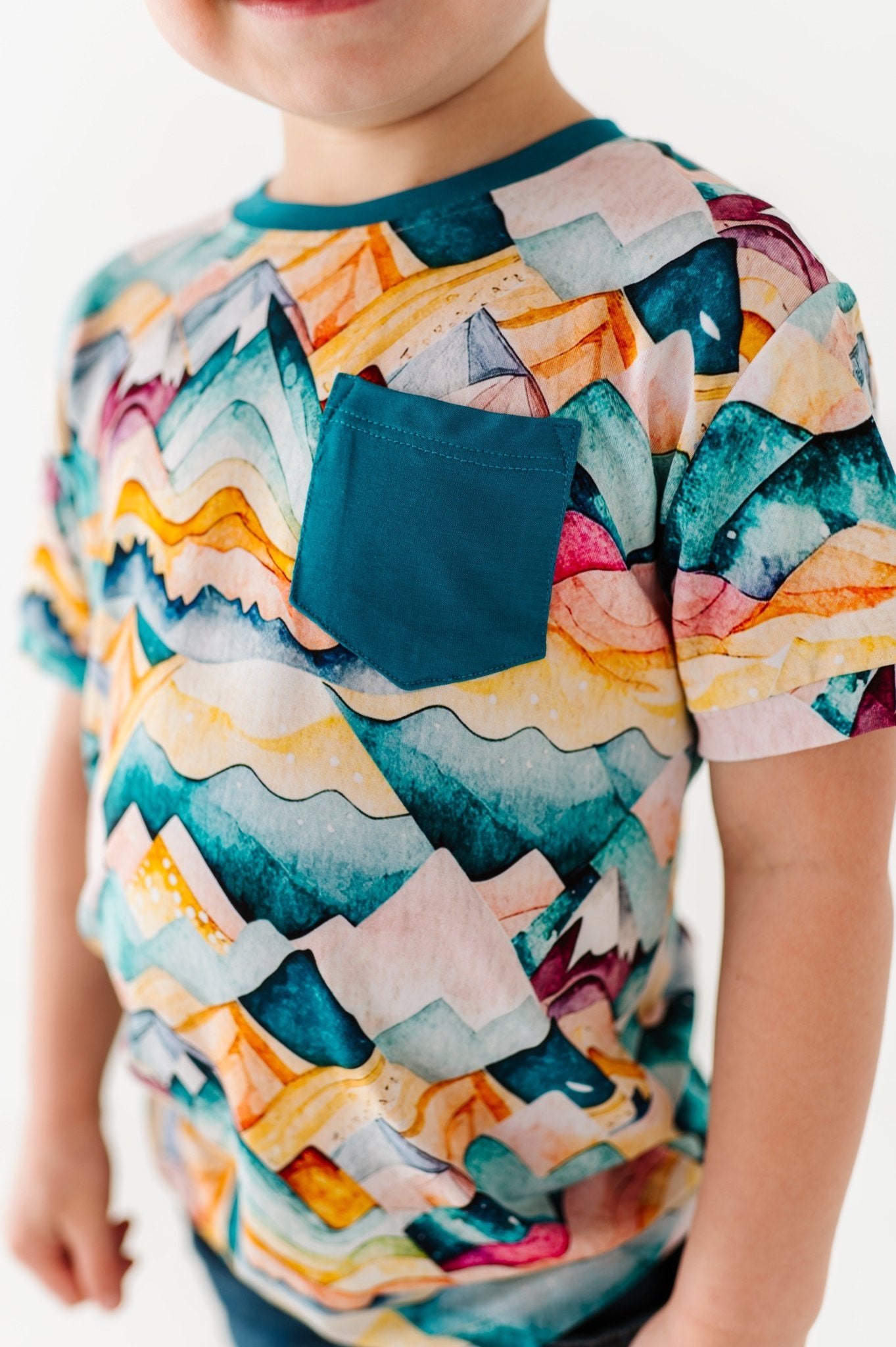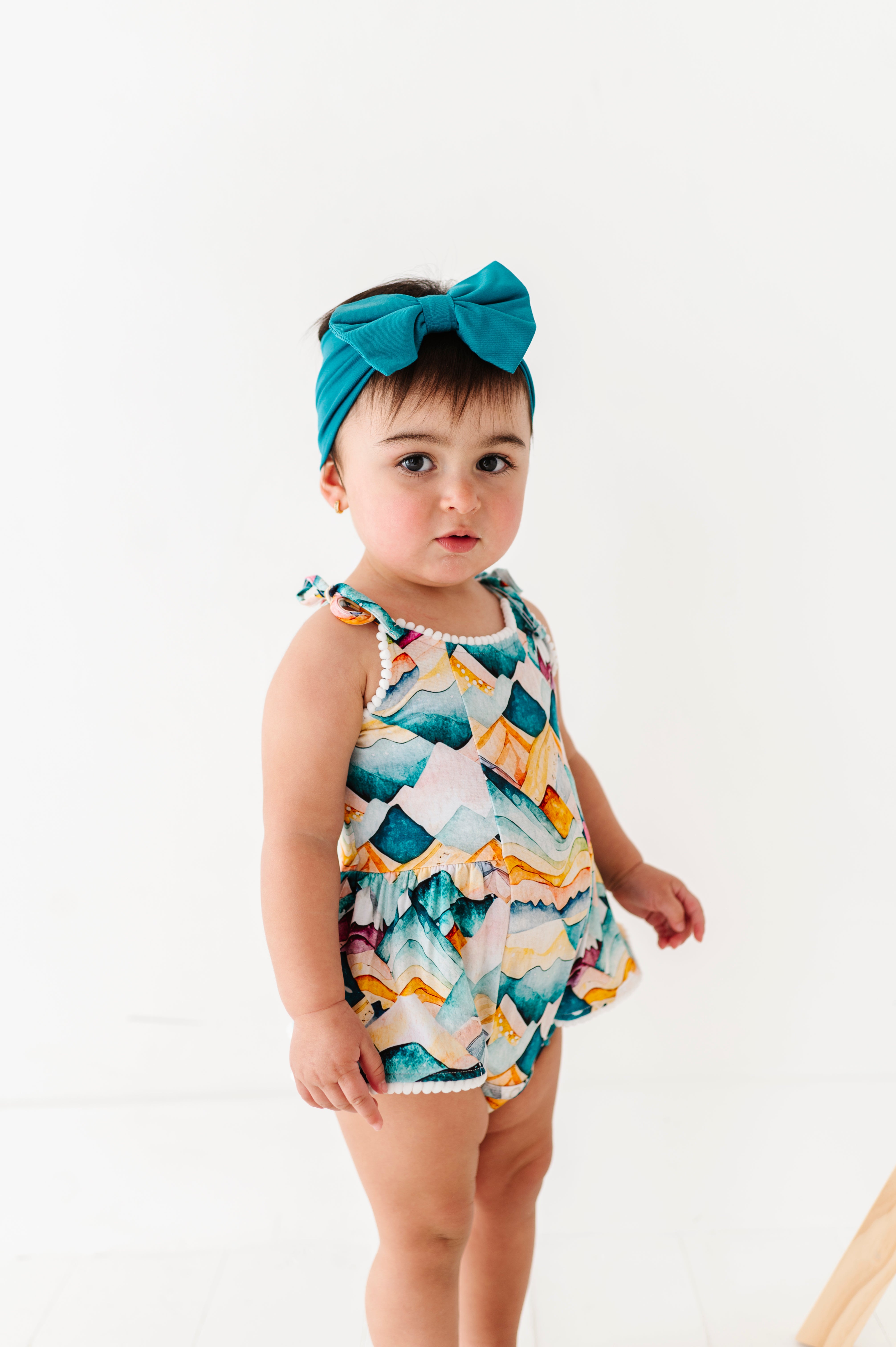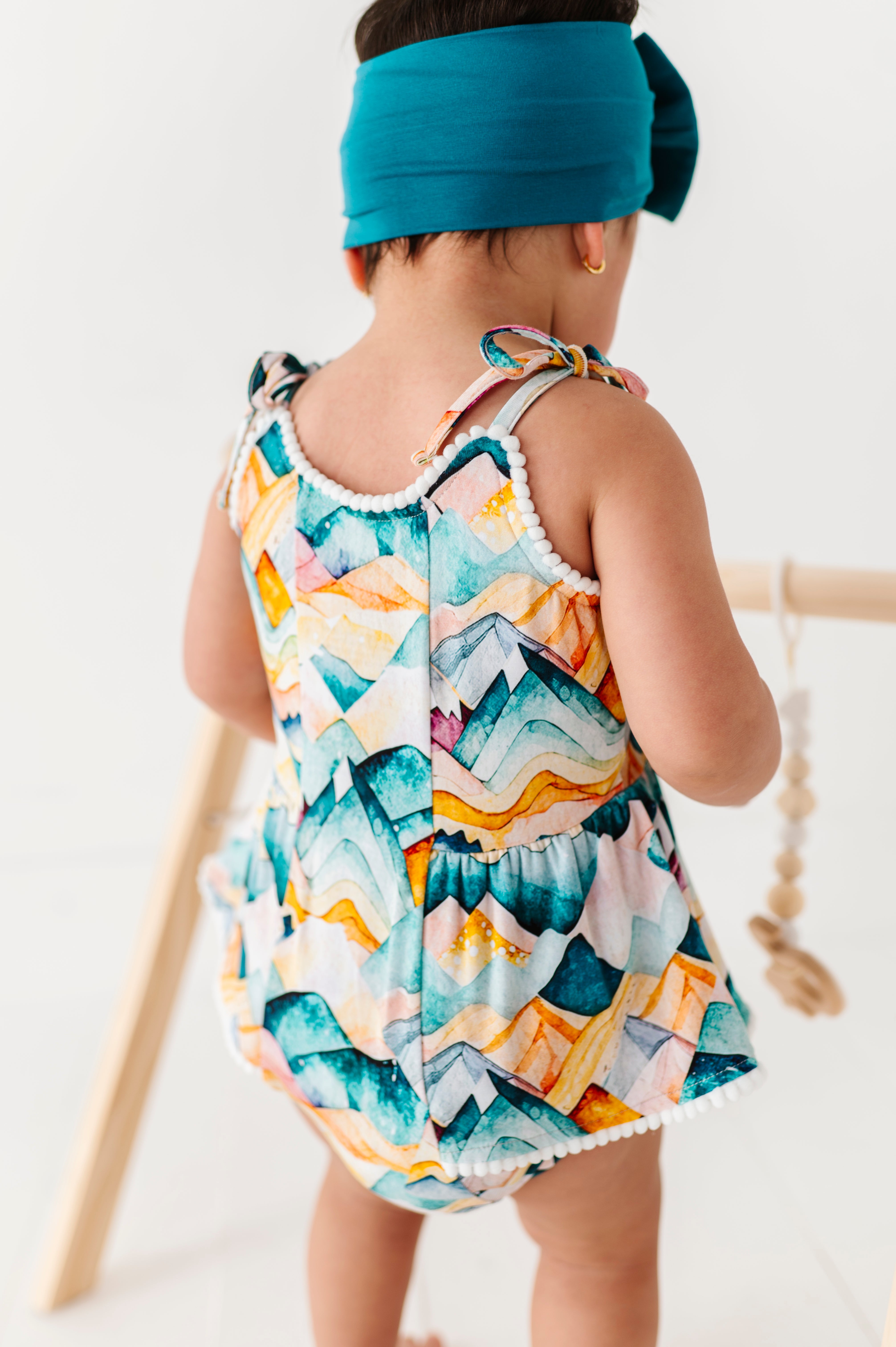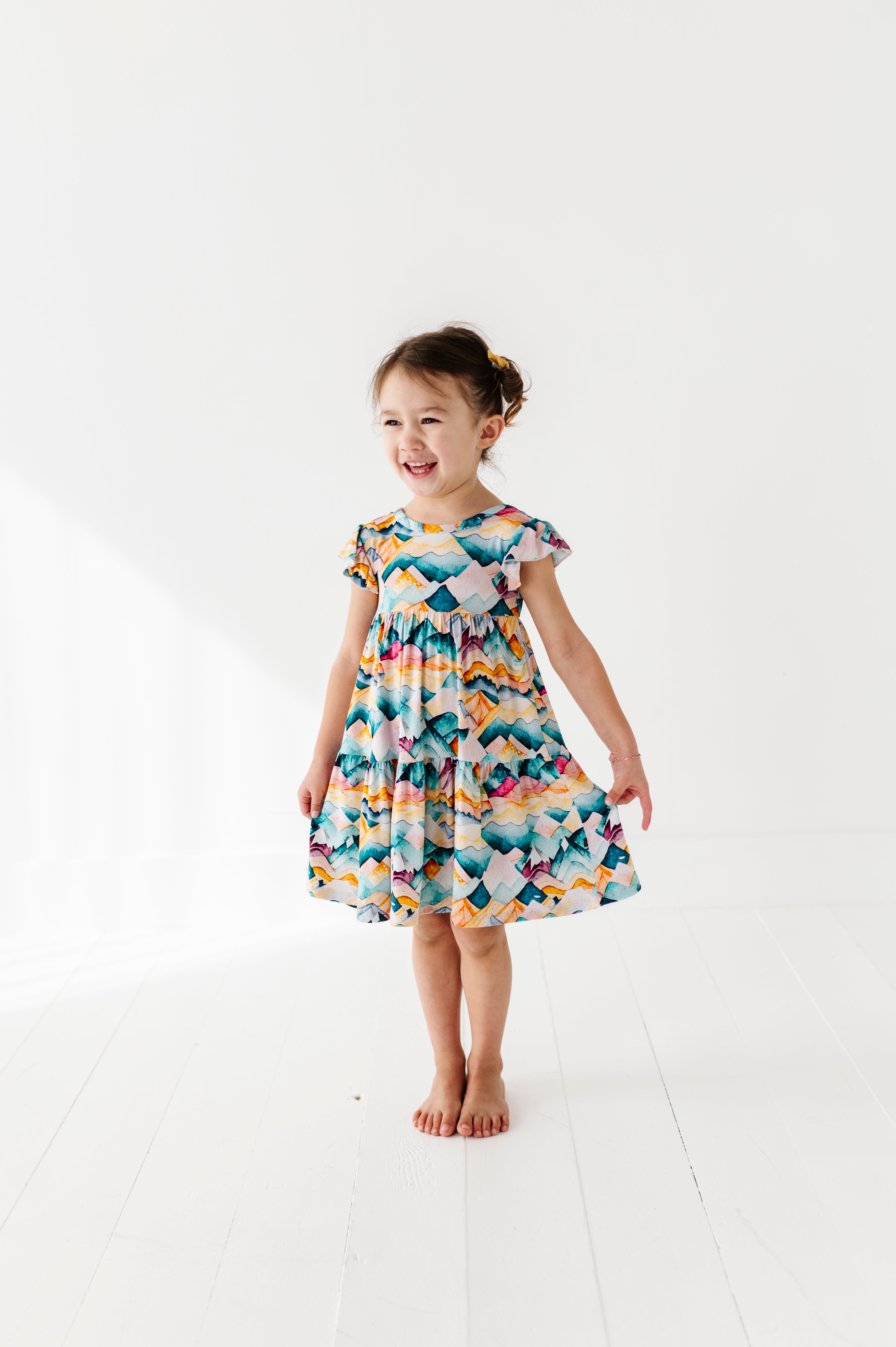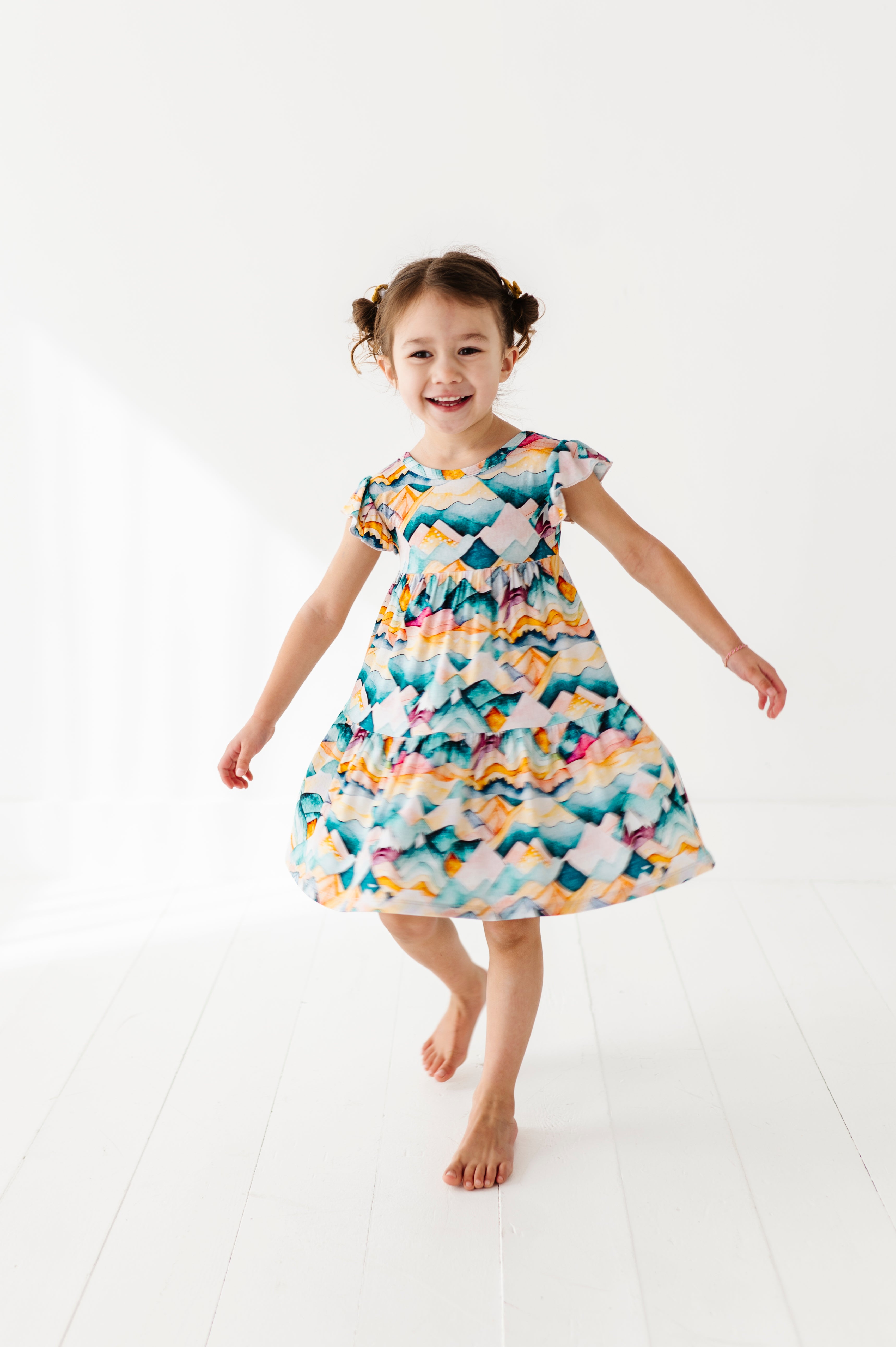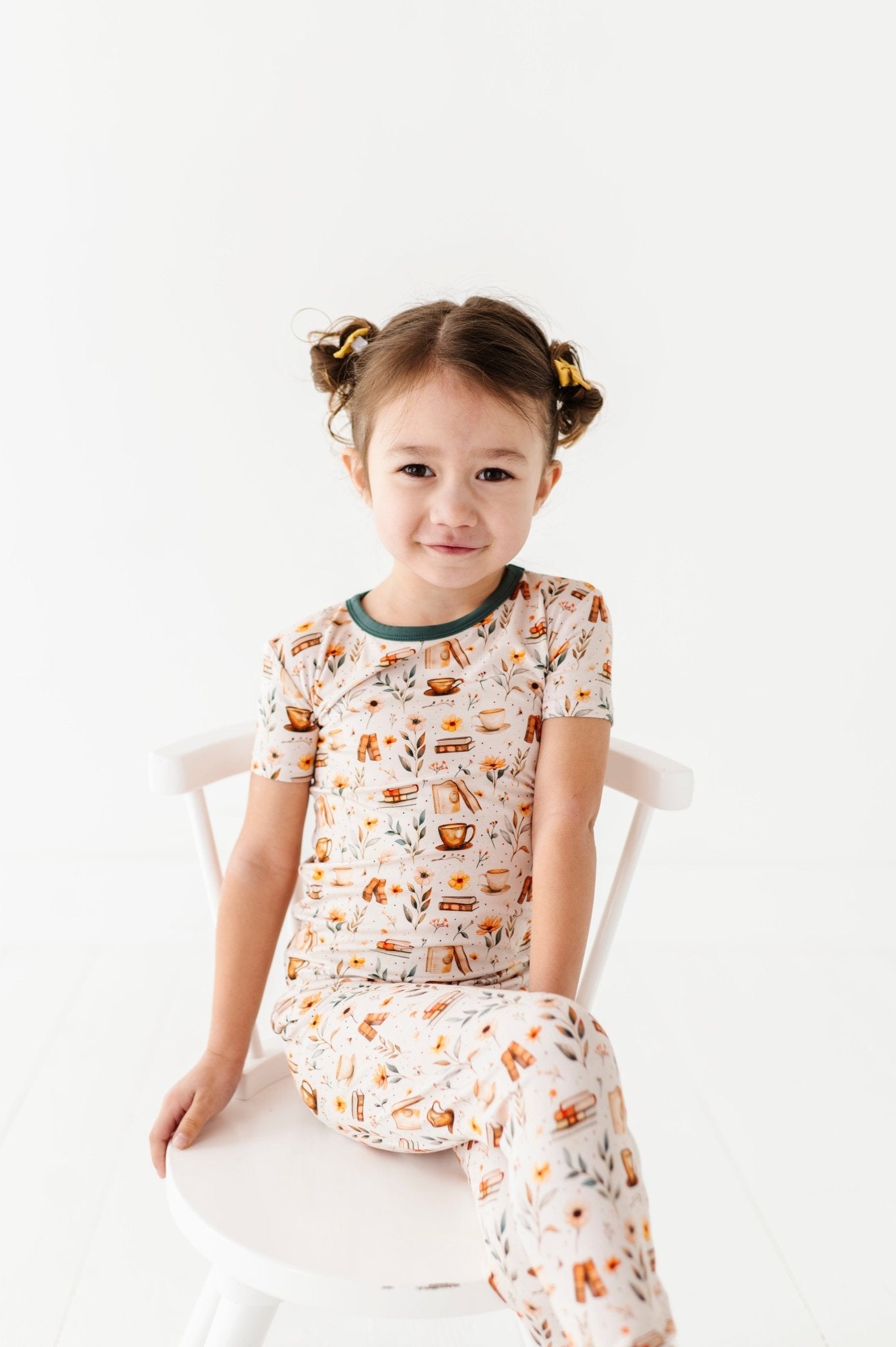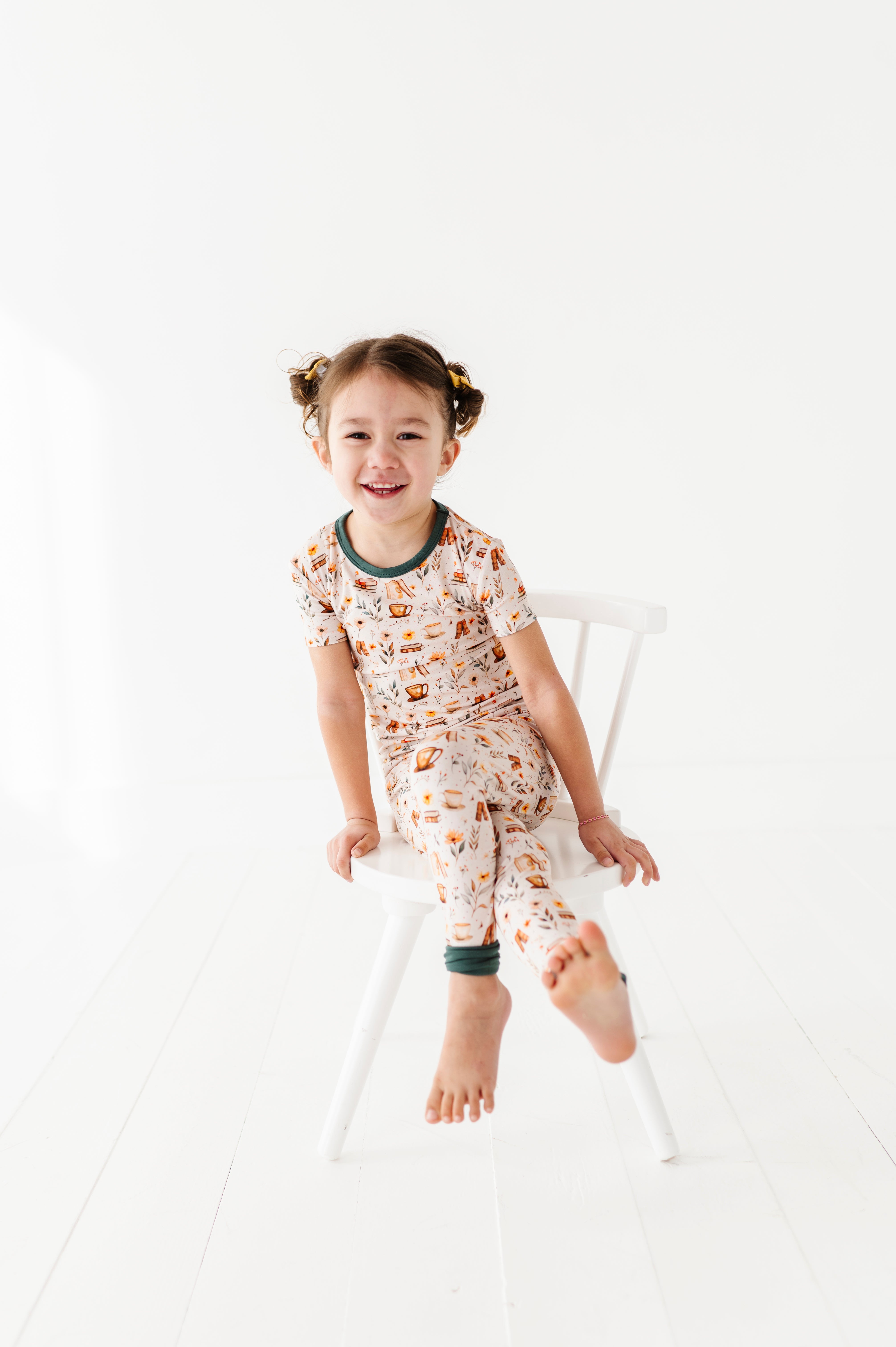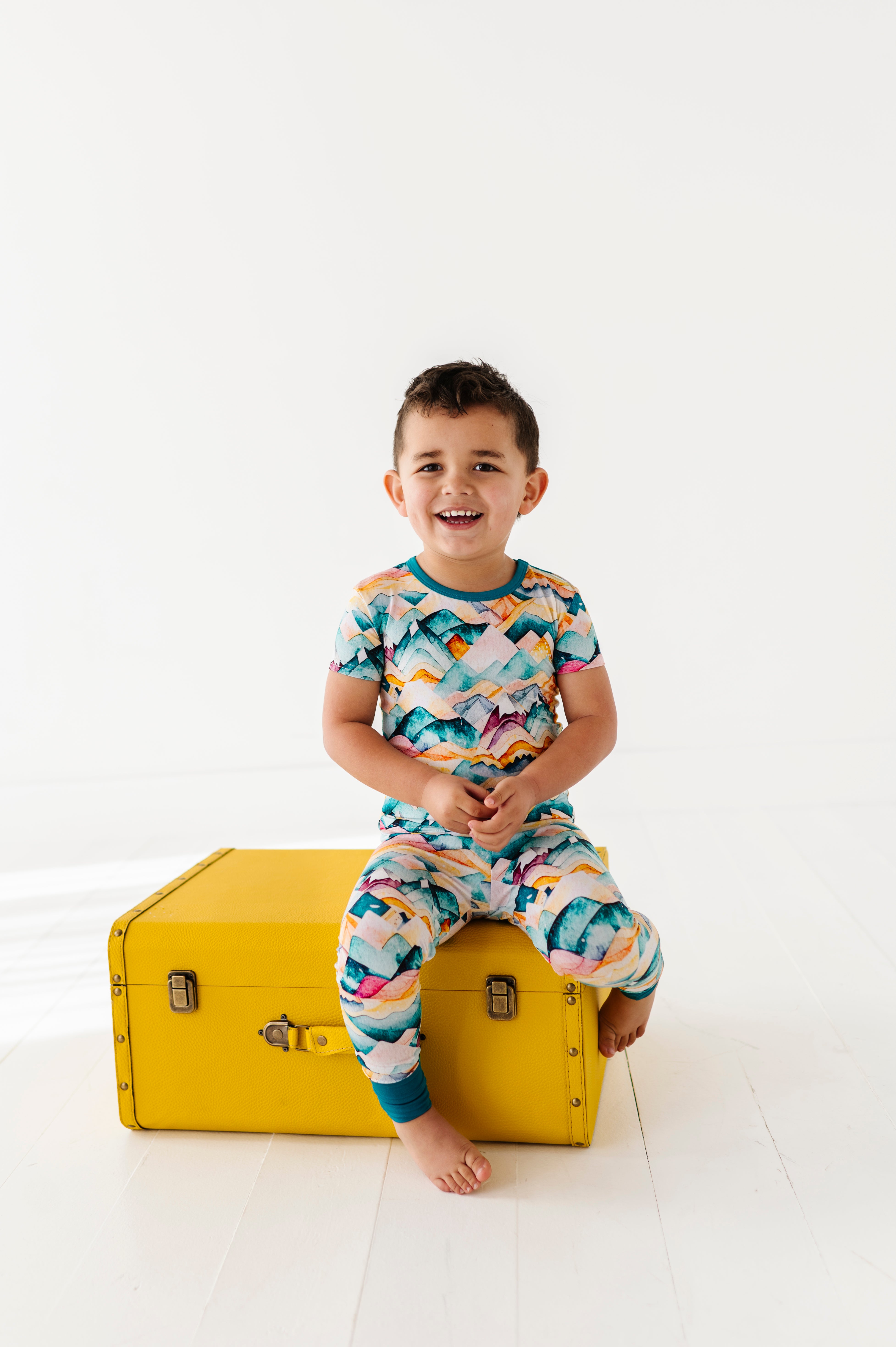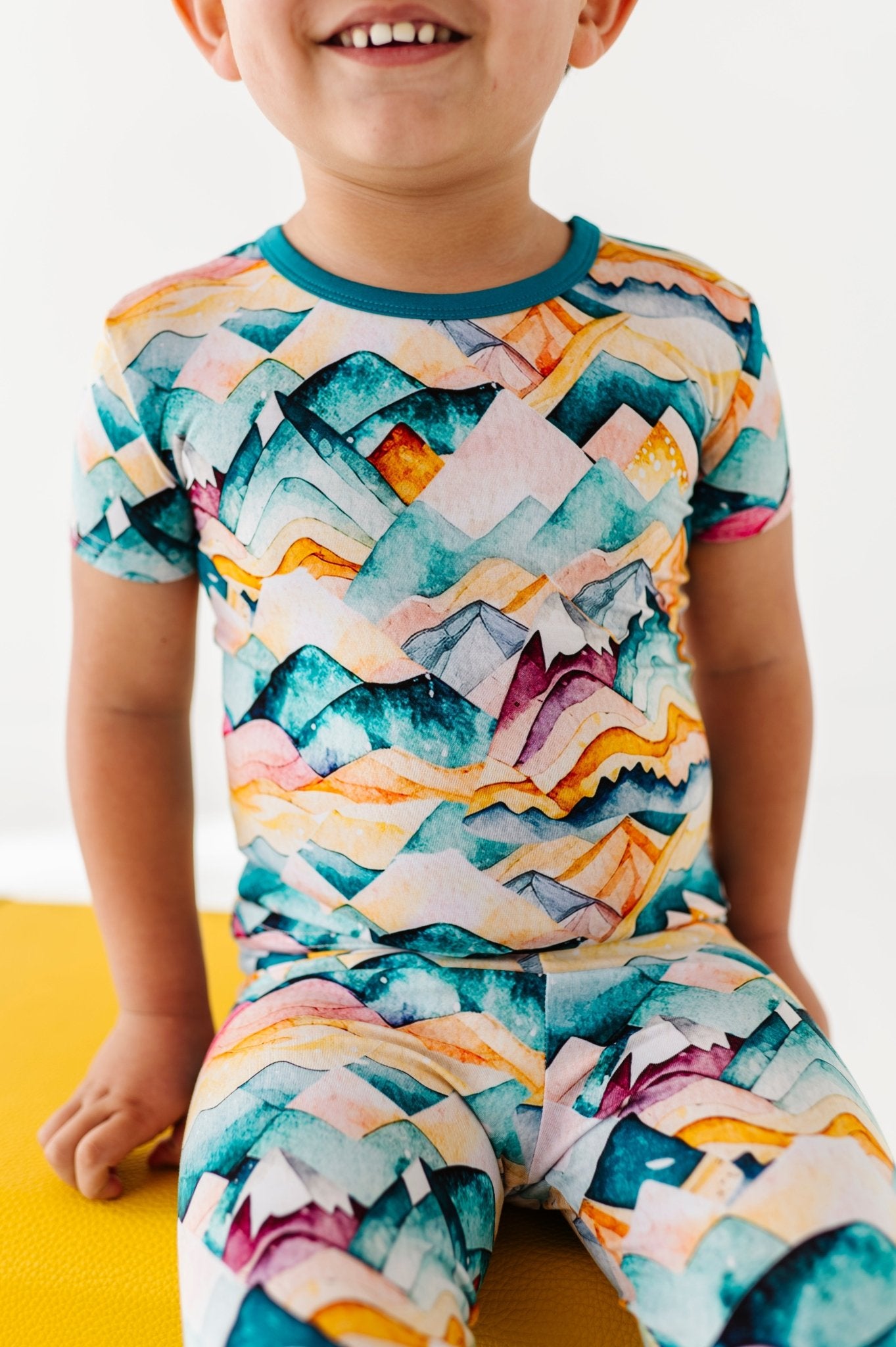A toddler bed is a small bed that uses the same mattress that fits into a crib. The toddler bed is a perfect size for newborns and gives them enough room for comfort. However, as your children grow they need more space.
A twin bed offers more comfort and room for your child to stretch, move around, and it supports their growth. It also encourages a level of independence and boosts your toddler’s confidence. Unlike a toddler's bed, a twin bed comes in a more versatile style and design plus a suitable crib sheet.
How Do You Know When Your Toddler is Ready for the Transition?
There is no one-size-fits-all answer for when your toddler is ready to transition to a twin bed. However, there are key indicators that give you a hint. Behavioral and physical changes can suggest that a new bed size is needed. Observing behavioral change and physical signs in your child is also very essential as a parent.

Each child is unique and grows at their own pace. Pay attention to your child's sleep patterns, comfort, safety, age, and weight to help you know the perfect time to transition from a toddler crib with a crib sheet to a twin bed. Explore the twin bed, today!
Signs Your Toddler is Ready to Transition from a Toddler Bed to a Twin Bed
Once you notice some of these signs, you know your toddler is ready to move to a twin bed. For a smoother transition, ensure they are dressed:
- Outgrowing their toddler bed:growth is a noticeable change in every child and it happens too fast. Your toddler starts to mature, increase in height, and appear cramped in their toddler bed due to the limited space. This might be the perfect time to get an upgrade.
- Climbing out of their toddler bed:Climbing out of their toddler bed or crib poses a safety risk to your toddler. It’s time to transition them into a safety bed.
- Climbing into bed with you:When you notice your toddler often enjoys the comfort of your bed or their sibling's bed as opposed to their toddler bed, it indicates that they need a bigger bed and more space.
- Developmental milestones:Once your toddler reaches certain developmental milestones, like toilet training or attending preschool, it’s time to move them out of their crib into a twin bed tomake life easier for both the parentand the child.
- Weight limit:The weight limit for a toddler bed is 50 pounds. Once your toddler is nearing the weight limit, it’s time for a transition.
Increased independence in other areas of their lives could indicate that your toddler is ready to transition to a twin bed. This may include the desire to dress themselves, choose a bedtime routine, or have their own room or space.
Understanding Your Toddler's Sleep Patterns
Analyzing your child’s sleep pattern can help you understand the need for a transition. Watch how comfortable they are and whether they are tossing or turning around. Choosing the right sleepwear can also impact their comfort.
Children who experience frequent discomfort in their sleep or exhibit any signs of restlessness, frequent waking, or difficulty falling asleep might benefit from an additional space and a softer twin bed.
What Age is Appropriate for Transitioning to a Twin Bed?
When it comes to transitioning to a bigger space, some children are ready for this change from 18 months while others take about three to five years old.
However, the appropriate age for transition can depend on several factors like your toddler's physical size, development, readiness, and needs. Some infants might be ready earlier than 18 months or later than five years.

Personal preference also plays a role in this decision. Some parents move their kids to a twin bed once they sense the crib or sleep sack is no longer suitable, while other parents wait until they see obvious evidence.
What Are the Steps for Making the Transition?
It’s time to change your toddler sleeping space, but moving them from their toddler bed to their twin bed isn’t a child’s play. However, this transition can be an exciting and fun experience if both of you are prepared for it. Here is a step-by-step guide to ensure a smooth transition for your toddler.
- Ensure your child is ready:before you move your toddler to a twin bed, ensure they are fully prepared for this new phase. Look for physical and behavioral signs that indicate that they are fully prepared.
- Involve your toddler:once you have accessed readiness, don’t just shop for the right twin bed. Involve them in the process, let them choose bedding or sleepwear, and decorate their new space together. This will help them feel comfortable and safe in their new space. Most of the time, getting a twin bed means getting a new room where they can sleep alone. This transition needs a lot of emotional support. And working together with them to decorate their new space will do the magic.
- Ensure adequate safety:Make sure the bed and space are safe, secure the bed rails, and ensure proper lighting. Your toddler needs to feel safe and comfortable in their new space, as it can take days or weeks for them to readjust to it.
- Establish Familiarity:It’s important to place the twin bed in the same space where the toddler bed used to be. This will help establish a sense of familiarity and eliminate any anxiety or fear. Additionally, continue with your toddler's bedtime and favorite sleepwear routine to help them adjust to their new bed.
Remember not to force them Into sleeping in their new space, they may resist it for a while but it’s a gradual process. Your toddler might reject their new twin bed or accept it wholeheartedly.
Be prepared for whatever the outcome will be. Make the transition easier on your child by pointing out the positive aspects of his new bed. Do it gradually, so he gets used to it and feels safe and secure every step of the way.
Preparing Your Toddler for the New Bed
With children, it can be easy to spark excitement. Get your toddler excited and comfortable with his new bed by making him a part of the process. Here are tips to make the transition:
- Involve them in the process of choosing and decorating their new bed space.
- Keep familiar objects around their new space; it can be their favorite toy, stuffed animal, or blanket.
- Spend time with them in their new space. Dressing them in their favorite themed pajama sets.
Choosing the Right Twin-Size Mattress
Choosing the right twin-size mattress is essential for your baby’s development and comfort. Here are some factors to consider when selecting the right twin-size mattress:
- Materials:a hypoallergenic mattress material will prevent irritation or allergy.
- Durability:it’s important to consider durability when purchasing a twin bed mattress for your baby. A durable mattress can withstand years of use and can be passed down to your future children.
- Firmness:When you purchase a twin mattress, ensure it is not too soft. Pair it with cozy fitted crib sheets. An incredibly soft mattress can pose serious injury to your child. Choose a medium-firm mattress that can provide adequate support.
When choosing the right twin-size mattress, consider memory foam or innerspring mattresses. These offer a balance of comfort and support.
Making the Switch Seamlessly: Tips and Tricks
To transition from a toddler crib to a twin bed you will need preparation and patience. Again, you are dealing with a child and must be prepared for anything. Ease the transition to a twin bed with these practical tips that focus on safety, comfort, and timing;
- Create a safe environment:Ensure the environment is suitable for sleep, and dress your child in soft organic cotton sleepwear, which is gentle on the skin and encourages uninterrupted sleep. Use guard rails to both sides of the bed and remove hazardous objects from their sleeping space, or choose a twin bed frame that is low to the ground.
- Consider timing:introduce your kids to the new twin bed during nap time when they are ready to wind down.
- Keep up with bedtime routines:A new twin bed doesn’t mean your child is grown enough to not need their bedtime routine. Stay consistent. Includereading books or listening to calm musicto help them relax in their new bed.
This process can be challenging for some parents, and it’s essential to stay patient and keep trying if your child won’t accept their new bed. Don’t rush it, and pay attention to your baby’s feedback. Try to understand why they don’t want their new bed and make necessary adjustments.
How to Handle Common Toddler Sleep Issues During the Transition
Here are some typical sleep problems that might arise when you transition from a toddler bed to a twin and how to address them:
- Difficulty falling asleep:some toddlers might struggle to fall asleep when transitioning to a new bed. Ensure that the bedding or sleepwear is comfortable. Use a night light instead of a very bright light, and consider staying in bed with them until they fall asleep.
- Night waking:reassure your child that they will be alright. Stay in bed with them to comfort them. You can read them their favorite story or play calming music until they fall back asleep.
If they resist staying in bed, set clear rules and boundaries. Keep their door locked until they learn to stay in bed.
Maintaining a Consistent Bedtime Routine
A familiar bedtime routine provides kids with some level of comfort and predictability. It helps them adapt faster to their new bed. Maintain every routine your baby does before going to bed. It could be stories, songs, or prayers.
Using a Bed Rail for Safety
Guard rails are essential for safety. They prevent your kids from rolling out of bed during their sleep. It also provides a sense of security and comfort. Here are a few things you should consider when choosing a guardrail:
Size and fit: ensure the bed rail fits the twin bed and is compatible with the size and style. This will help it hold firm and provide more stability.
Ease of use: some bed rails can be difficult to install and remove. Choose a bed rail you can efficiently work with.
Safety: Bed rails with rounded edges and a secured lock mechanism are safer than other guard rails. Be sure to choose the most appropriate bed rails for your child’s twin bed.
Dealing with the “Stay in Bed” Challenge
Teach your toddler the importance of staying in bed with these practical strategies, from setting consistent bedtime rules to creating a calm sleep environment.
- The time for bed should be consistent. Don’t change it or let your kid stay longer than playing around. Anytime between 8 and 9 PM is fair.
- Gentling reminds them of bedtime rules and boundaries.
- Have high expectations for bedtime. Explain to your kids the importance of staying in bed until morning. If bedtime isn’t going the way it should,
- Reward them when they do well, and even when they are struggling, it will help keep your baby in bed.
- Create a calm environment. Ensure the environment and clothing is suitable for sleep. Use soft light, and ensure the room is quiet and comfortable.
What Type of Bed is Best for the Transition?
Twin bed, floor bed, or elevated bed? Most parents don’t know which bed their kids should start with when they are ready to transition to something bigger. Choosing the right bed for a child can significantly improve their sleep quality. Let’s compare the three types of beds available for your child:
Twin Bed
A regular twin bed is a standard choice for toddlers. It offers enough space for growth and comfort. Also, a twin bed is durable and can last up to teenage years.
Pros
- They are durable.
- They are available in different styles and sizes.
Cons
- They take up space.
- They require bed rails for safety.
Floor Bed
A mattress on the floor is an easy and quick way for your toddler to transition from their toddler bed.
Pros
- Easy access.
- Minimize the risk of falling.
Cons
- Offers Limited storage space.
- Additional insulation may be required on cold floors.
Elevated Bed
Elevated beds have frames that may require steps or ladders. Training and caution are required to prevent your child from falling off.
Pros
- They have enough storage space.
- They can be made as bunk beds.
Cons
- Requires climbing stairs or ladders.
- High risk of falling.
Comparing Toddler Beds and Twin Beds
When you understand the difference between toddler beds and twin beds, you will be able to choose the right bed for your baby. The twin bed is larger, accommodates more space, and is more durable than the toddler bed. It also comes in various designs and styles. While the toddler bed is often lower to the floor, it is only a temporary bed, as you will have to transition into a larger space when your kids start to grow.
Pros of Toddler Bed
- They offer great safety features.
- They are small and lightweight.
- They are easy to transition from a crib.
Cons of Toddler Bed
- They have limited space for growth and comfort.
- They can only be used for a short period.
Pros Of a Twin Size Bed
- Offers plenty of room for comfort and growth.
- They are suitable for various ages.
Cons of A Twin Bed
- Require more space in the bedroom.
- It is costly.
Choosing Between a Floor Bed and an Elevated Bed
To be able to make the right choice between a floor bed or an elevated bed you must consider your child's needs and age. You must also consider their child’s safety. An elevated bed will require you to train your child to climb up and down safely.
It will also require you to be present when climbing to ensure they are safe until they have mastered how to go up and down independently. Ensure your child is ready for the independence that comes with an elevated bed before you decide to purchase one. Floor beds are much easier and safer to use.
How to Ensure Safety and Comfort in the New Bed
A safe environment is needed for good sleep quality and relaxation. To ensure safety, choose a quality mattress, crib sheet and ensure all furniture is secured, remove any hazards or sharp objects from the bed, and install bed rails.

A high-quality mattress provides your child with adequate support and comfort needed. The surface for your child to lay on is soft and super comfortable. Additionally, ensure that the bed frame is sturdy and in perfect shape. To select a mattress that provides optimal support and comfort, you must consider the material it is made from, check for durability and have your child try out different mattresses before purchasing them.
Mattress Types And Materials Suitable For Toddlers
Here are some mattress types you can choose from;
- Memory Foam:memory foam is good and offers support. Before purchasing one, ensure that it is firm enough and comfortable.
- Innerspring:innerspring provides a traditional feel and comfort. It also bounces, which makes it fun and exciting for kids.
- Latex:latex foams are naturally hypoallergenic and long-lasting. They offer good support and comfort.
Adding Safety Features like Bed Rails
Night lights, corner rails and floor rugs are some extra safety features you can add in your child’s room to protect them. Ensure you explain the purpose and importance of safety features to your toddlers so they don’t end up playing with them.
Creating a Toddler-Friendly Sleep Environment
Designing a toddler friendly-sleep environment will help your child wind down and relax. Here are some tips and ideas on how to make the bedroom as relaxing as possible:
Personalize their sleeping space: Decorate your child’s sleeping space with their favorite colors, best themes,animations, or characters. Ensure their favorite snuggly sleepwear is available.
Keep the room organized: Keep toys, stuffed animals, and books in an accessible place. Blanket should be neatly folded, ensuring everything is tidy and safe.
Lighting: Use soft lighting. Not too bright, not too dark. This will help them feel safe.
Should You Go Straight to a Twin Bed or Opt for an Intermediate Bed?
As parents, deciding whether your baby should go straight to a twin bed or start with an intermediate bed involves weighing the pros and cons of each of these bed types.
Evaluate your child's readiness and decide whether an intermediate bed or a twin bed best suits their needs, balancing comfort, safety, and long-term value.
The intermediate bed also helps your toddlers transition smoothly. However, when compared to the twin mattress, it has a shorter lifespan and isn’t as durable.
Pros and Cons of Going Straight to a Twin Bed
Moving directly to a twin bed has its benefits but it can come with some potential issues for your child. Let’s take a look at some of these advantages and potential issues:
Advantages
- A twin bed will serve your child for many years and offer a long-term investment.
- The twin bed has enough space for your little one to grow, accommodating both their physical development and changes in sleep patterns and position.
Potential Issues
- A twin mattress and all of its appropriate beddings can be very expensive.
- Without proper safety measures your baby can fall off the bed and get hurt.
- Some toddlers find it difficult to adjust to a larger space and might take longer before they can start enjoying their space.
Additionally, before you move your little ones straight to a twin bed, you must consider your budget, space, and your child’s age and readiness.
Benefits of Using an Intermediate Kid Bed
An Intermediate bed is also important in the toddler phase. It helps them gradually adapt to the idea of moving to a large space. The intermediate kid bed can also help your toddlers overcome space anxiety and fear before they move to a twin-size bed. Many intermediate beds come with safety features like a guard rail, which reduces the risk of your baby falling.
Conclusion
When you understand the physical and behavioral signs of readiness, you will be able to decide on the right twin bed and mattress, also you will be able to prepare your child for the change they need. Paying attention to your child's need for a change and comfort is more important than waiting till they are 18 months or 3 years old before it happens. Encourage them during this transition, be gentle with them, and remind them of the importance of getting adequate sleep. Explore the twin bed for your toddler today, and complement it with the right baby sleepwear for added comfort!
